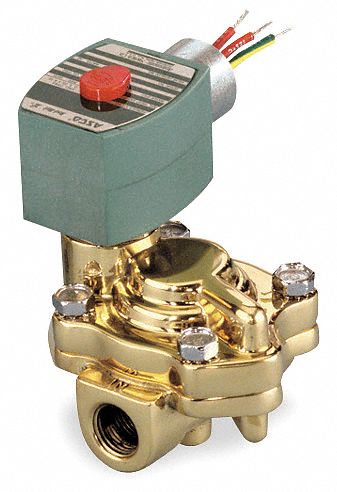Any idea why ONE of my FIVE glycol cooled fermenters isn't dropping to desired temperature? It seems quite random, sometimes it happens, sometimes it doesn't. (FYI, volume of wort isn't the issue) I am now waiting on a lager to drop below 48 degrees. Been waiting 3 days now. I originally set it at 43 degrees, and it stopped at 50. Then, I set it to 32, and it dropped a whoppin' 2 degrees. I'm perplexed.




Comment